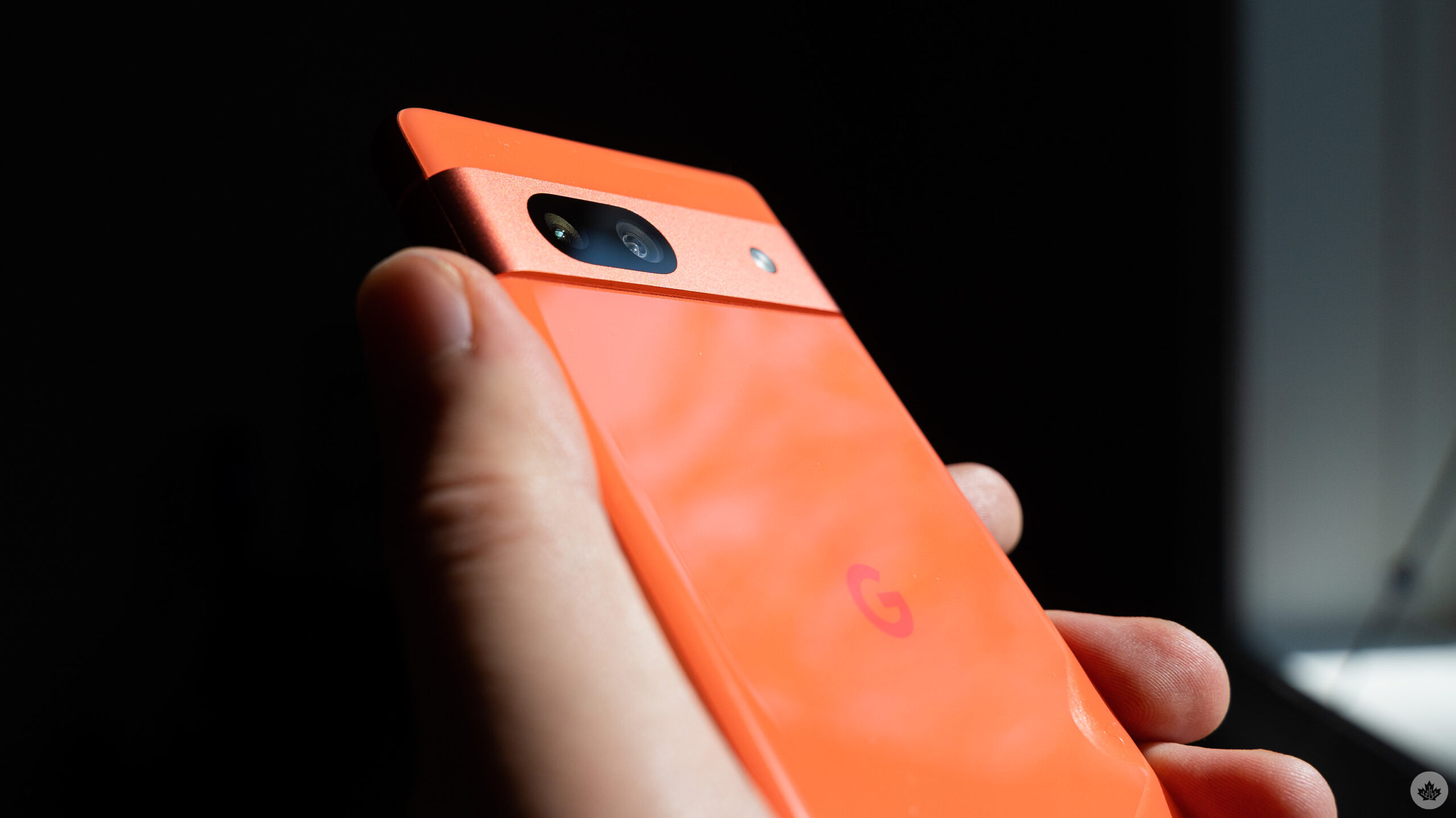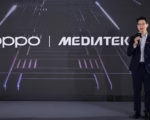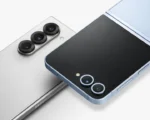Rumors surrounding Google’s Pixel 8a are gaining momentum as anticipation mounts for its potential debut at the annual I/O developer conference slated for May. Following leaks of renders depicting the Pixel 7a successor, fresh insights into the handset’s specifications have emerged, shedding light on what could be a significant upgrade over its predecessor. Among the notable enhancements anticipated for the Pixel 8a is a higher refresh rate display, poised to deliver a smoother and more responsive user experience compared to the older model. Moreover, speculation suggests that the Pixel 8a might be equipped with Google’s latest Tensor G3 chipset, aligning it with the performance capabilities of the Pixel 8 and Pixel 8 Pro.
According to reports from Android Authority, a reputable source within the industry has disclosed key details about the Pixel 8a’s display specifications. The upcoming device is rumored to feature a 6.1-inch full-HD+ OLED panel boasting a refresh rate of 120Hz, a notable upgrade from the Pixel 7a’s 90Hz screen. With a peak HDR brightness of 1,400 nits, the Pixel 8a’s display is poised to deliver vibrant colors and immersive visuals, enhancing the overall viewing experience for users.
In addition to its enhanced display capabilities, the Pixel 8a is expected to introduce support for wireless charging and DisplayPort output, further enhancing its versatility and functionality. These features, coupled with the anticipated inclusion of the Tensor G3 chipset, position the Pixel 8a as a compelling option for consumers seeking a premium smartphone experience at a more accessible price point.
While the specifics of the Tensor G3 chipset remain undisclosed, it is speculated that the Pixel 8a’s iteration of the processor may utilize IPoP (Integrated Package on Package) technology, distinguishing it from the regular G3 variant’s FOPLP (Fan-Out Panel Level Packaging). This subtle distinction could offer unique performance advantages tailored to the Pixel 8a’s design and functionality requirements, further optimizing its overall performance and efficiency.

As anticipation builds for the Pixel 8a’s official unveiling, enthusiasts and industry observers alike eagerly await confirmation of its specifications and features. If the rumors hold true, the Pixel 8a could mark a significant leap forward for Google’s mid-range smartphone lineup, setting new standards for performance, display quality, and user experience in its segment.
















